Market Trends
Key Emerging Trends in the Stearic Acid Market
The stearic acid market is experiencing notable trends driven by various factors influencing supply, demand, and consumer preferences. One significant trend is the increasing demand for stearic acid in various industries such as personal care, cosmetics, pharmaceuticals, and plastics. Stearic acid, a saturated fatty acid derived from animal and vegetable fats, is widely used as an emulsifier, surfactant, and thickening agent in these industries. Its versatility and functional properties make it a crucial ingredient in a wide range of products, including lotions, creams, soaps, candles, and PVC stabilizers.
Stearic acid use is rising in the automotive industry owing to its softener and dispersing properties. Burgeoning textile industry due to rising aspiration based purchasing and high per capita disposable income of the consumers is stimulating the product demand globally.
One of the key drivers of market growth is the rising demand for personal care and cosmetics products globally. With the growing awareness of skincare and grooming routines, consumers are increasingly seeking products with natural ingredients like stearic acid. Its ability to stabilize formulations, improve texture, and enhance moisturization makes it a preferred choice for manufacturers of skincare and cosmetic products. Additionally, the trend towards clean beauty and green formulations has led to an increased preference for plant-derived stearic acid over its animal-derived counterpart.
Another significant trend in the stearic acid market is the shift towards sustainable sourcing and production practices. As consumers become more environmentally conscious, there is a growing demand for sustainably sourced ingredients and eco-friendly manufacturing processes. This trend has prompted stearic acid producers to invest in sustainable sourcing methods, such as sourcing from certified sustainable palm oil plantations or utilizing waste fats and oils as feedstock for stearic acid production. Additionally, there is increasing interest in developing alternative sources of stearic acid, such as microbial fermentation, as a more sustainable and ethical alternative to traditional animal and plant-derived sources.
Moreover, the stearic acid market is also influenced by regulatory factors and evolving industry standards. Regulatory changes related to product safety, labeling, and ingredient restrictions can impact the market dynamics and drive innovation in formulation and production processes. For instance, stricter regulations on the use of certain ingredients, such as parabens and sulfates, in personal care products have led manufacturers to reformulate their products using alternative ingredients like stearic acid. Similarly, the implementation of sustainability certifications and standards, such as RSPO (Roundtable on Sustainable Palm Oil) certification, can influence sourcing decisions and supply chain practices within the stearic acid industry.
Furthermore, technological advancements and innovations are shaping the stearic acid market landscape. Manufacturers are continually exploring new technologies and processes to improve the efficiency, cost-effectiveness, and sustainability of stearic acid production. This includes innovations in enzymatic hydrolysis, biocatalysis, and green chemistry techniques to optimize yield, reduce waste, and minimize environmental impact. Additionally, advancements in product formulation and customization, such as the development of high-purity stearic acid grades or specialty derivatives, are enabling manufacturers to cater to diverse customer needs and application requirements.

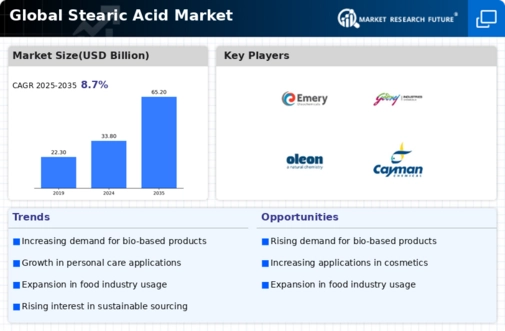

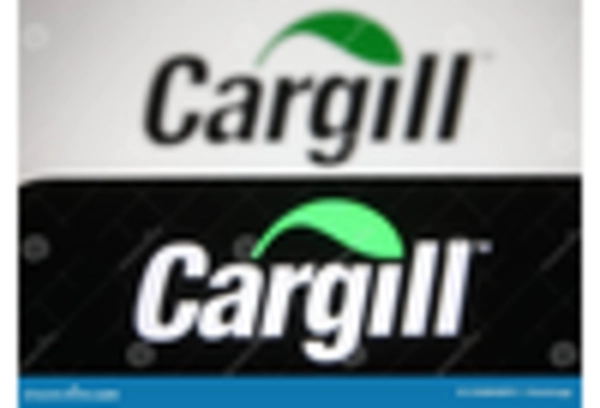
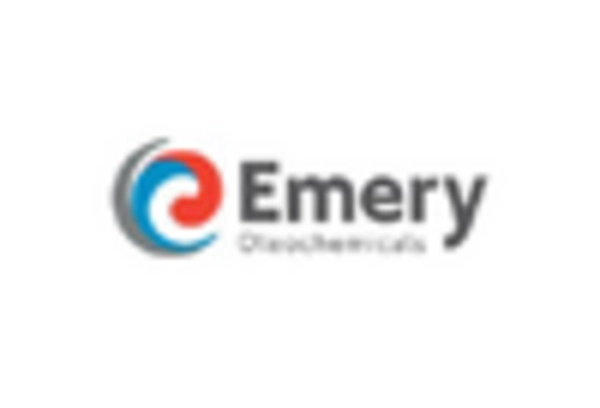
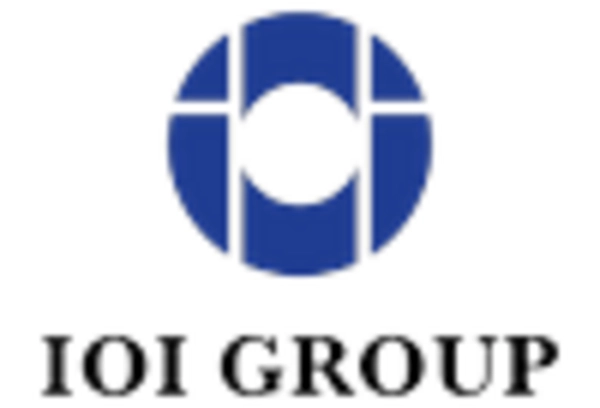
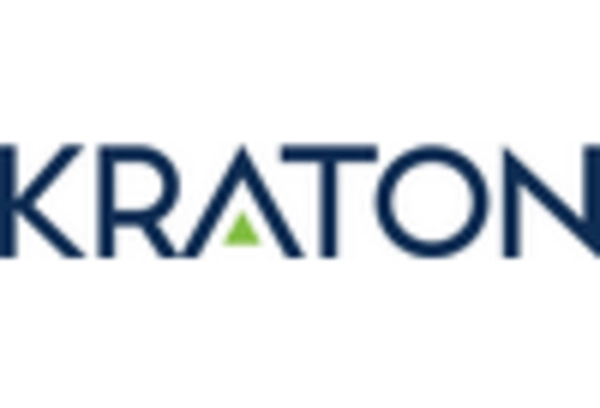
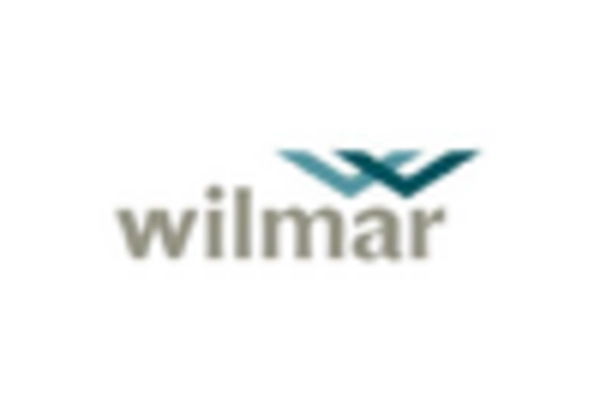









Leave a Comment